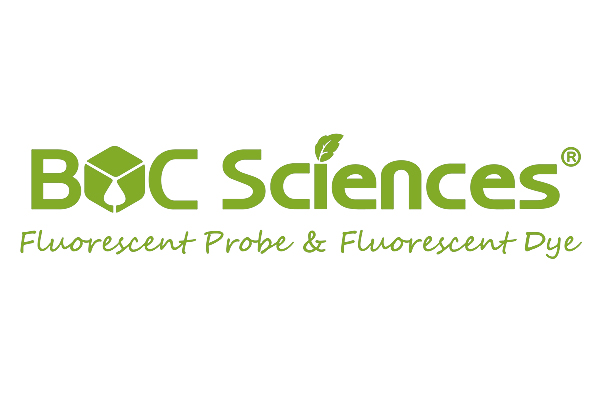
Cyanine3 amine | CAS 2247688-56-6
| Catalog Number | F02-0001 |
| Category | Cyanine3 |
| Molecular Formula | C36H52Cl2N4O |
| Molecular Weight | 627.73 |
* Please be kindly noted products are not for therapeutic use. We do not sell to patients.
Product Introduction
Cyanine3 amine is a functionalized cyanine dye containing a free amino group. Cyanine3 is an analog of Cy3®.Amino group of this reagent can be conjugated with reactive groups such as NHS esters, carboxy groups (after carbodiimide activation), and epoxides. The amino dye is supplied in salt form, and possesses some aqueous solubility.
Chemical Information
Product Specification
Application
| Purity | NMR 1H, HPLC-MS (95%) |
| Solubility | moderate solubility in water, good in polar organic solvents (DMF, DMSO, alcohols) |
| Appearance | red powder |
| ε, L⋅mol-1⋅cm-1 | 150000 |
| Fluorescence Quantum Yield | 0.31 |
| Excitation | 555 |
| Emission | 570 |
| Storage | 24 months after receival at -20°C in the dark. Transportation: at room temperature for up to 3 weeks. Avoid prolonged exposure to light. Desiccate. |
Cyanine3 amine is a fluorescent dye commonly used in various scientific applications, especially in the field of biomedical research. Here are some key applications of Cyanine3 amine:
Fluorescence Microscopy: Cyanine3 amine is extensively used to label biological specimens for fluorescence microscopy. This dye binds to specific biomolecules, allowing visualization of cellular structures and molecular interactions. Researchers can use it to track the localization and dynamics of proteins within live cells or fixed tissues.
Flow Cytometry: In flow cytometry, Cyanine3 amine is employed to tag antibodies or other ligands that recognize specific cell surface markers. This enables the quantification and analysis of different cell populations based on their fluorescence signals. It is particularly useful in immunophenotyping, where multiple cell types are identified and quantified in a single sample.
Molecular Imaging: Cyanine3 amine is utilized in molecular imaging to detect and analyze biomolecular interactions in live organisms. By conjugating the dye to probes targeting specific molecules, scientists can monitor biological processes in real-time. This is valuable for studying disease progression, drug distribution, and response in preclinical models.
Nucleic Acid Research: Cyanine3 amine is used to label oligonucleotides and other nucleic acids for various applications in genetic research. Labeled probes can be used in techniques such as FISH (fluorescence in situ hybridization) and qPCR (quantitative PCR) to detect, quantify, and visualize specific DNA or RNA sequences. This helps in gene expression studies, genetic mapping, and diagnostics.
Recommended Services
Recommended Articles

- Hoechst Dyes: Definition, Structure, Mechanism and Applications
- Mastering the Spectrum: A Comprehensive Guide to Cy3 and Cy5 Dyes
- Fluorescent Probes: Definition, Structure, Types and Application
- Fluorescent Dyes: Definition, Mechanism, Types and Application
- Coumarin Dyes: Definition, Structure, Benefits, Synthesis and Uses
- Unlocking the Power of Fluorescence Imaging: A Comprehensive Guide
- Cell Imaging: Definitions, Systems, Protocols, Dyes, and Applications
- Lipid Staining: Definition, Principles, Methods, Dyes, and Uses
- Flow Cytometry: Definition, Principles, Protocols, Dyes, and Uses
- Nucleic Acid Staining: Definition, Principles, Dyes, Procedures, and Uses
Recommended Products
Online Inquiry

-3-(1,3,3-trimethylindolin-2-ylidene)prop-1-en-2-olate.gif)
.gif)






